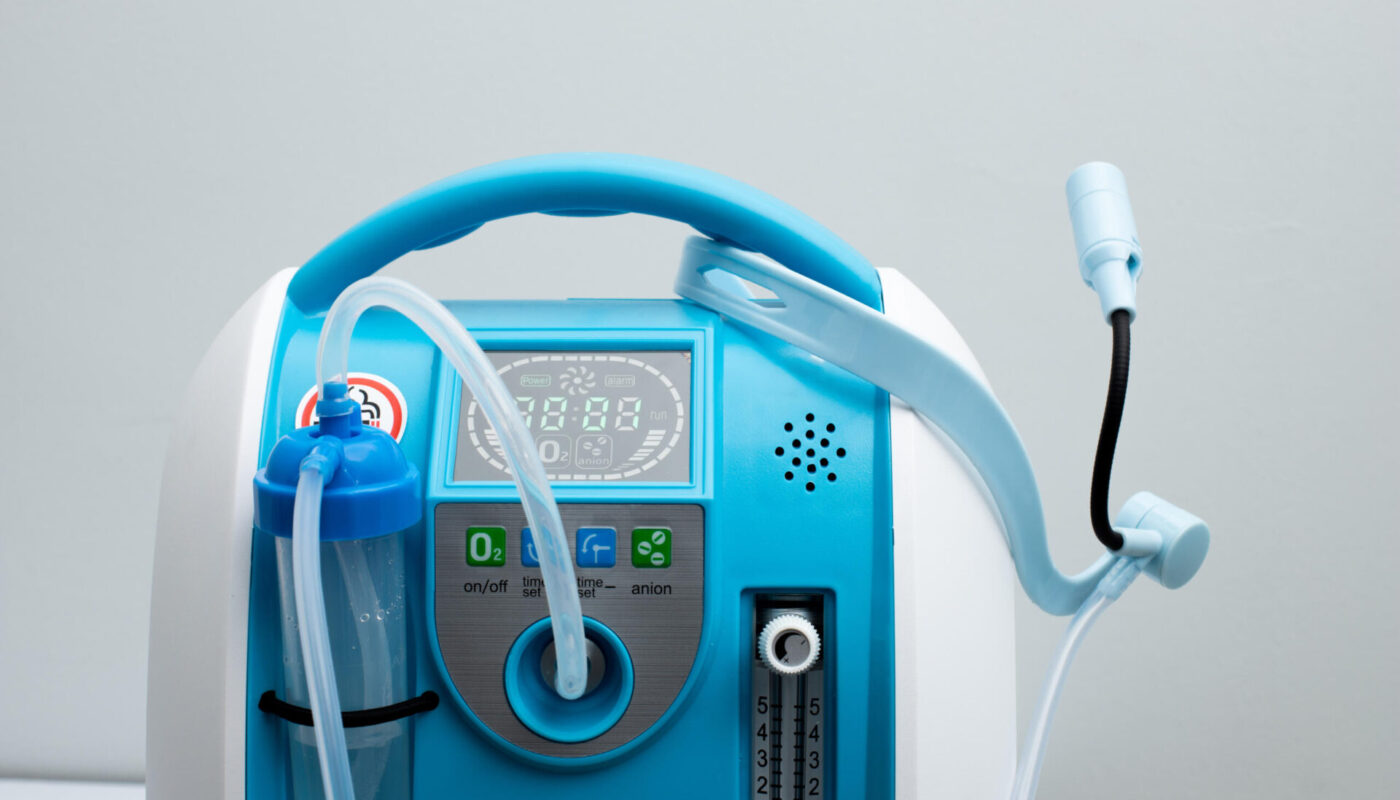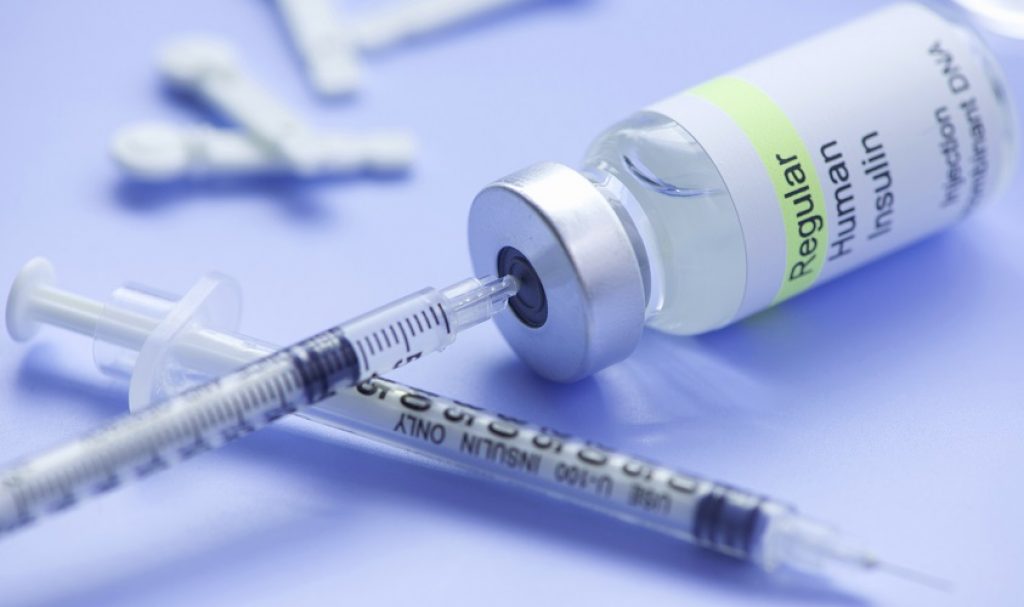Oxygen is vital for sustaining life and overall well-being. However, for patients suffering from chronic respiratory conditions like COPD (chronic obstructive pulmonary disease) and cystic fibrosis, the level of oxygen in the blood can dip to dangerously low levels. This is where medical-grade oxygen concentrators come to the rescue. By concentrating oxygen from ambient air, these devices are able to provide supplemental oxygen to patients whenever and wherever they need it.
How an Oxygen Concentrator Works
At its core, an Oxygen Concentrator works on the principle of fractional distillation. It takes in room air, which contains around 21% oxygen, through a filter. This air then passes through zeolite beds – materials that allow only oxygen molecules to pass through. Nitrogen and other gases are filtered out. The concentrated oxygen, which now contains around 90-95% pure oxygen, is delivered to the patient through thin tubing and a nasal cannula.
Modern concentrators use sophisticated pulse-flow technology and advanced sensors to deliver just the right amount of oxygen at safe flow rates. They are compact, lightweight units that can be easily transported or even used while travelling. Most portable concentrators are powered by rechargeable lithium-ion batteries, giving patients complete mobility.
Types of Oxygen Concentrators Available
Depending on desired features and portability needs, different types of oxygen concentrators are available in the market:
Stationary Concentrators: As the name suggests, these large devices are meant to be used stationary at home. They plug directly into a wall outlet for power. Stationary concentrators offer higher oxygen production capacity of 5-10 litres per minute.
Portable Concentrators: Weighing 8-15 kgs, portable concentrators run on internal rechargeable batteries. They are smaller and lighter for convenient carrying. Portable devices deliver 1-5 lpm oxygen flow.
Ultra-Portable/Pocket Concentrators: The smallest and lightest available, these fit into a carry bag weighing 2-5 kgs. Ultra-portables are ideal for active patients and air travel, providing 1-3 lpm oxygen.
Benefits of Using an Oxygen Concentrator
– Convenient and uninterrupted oxygen supply: No need to refill heavy oxygen cylinders or worry about running out of oxygen during power outages.
– Mobility and independence: Portable concentrators allow patients to be mobile within homes as well as when travelling.
– Cost effective long term: While the device has an initial investment, it proves significantly cheaper than purchasing medical grade oxygen cylinders over many years of use.
– Safe and hypoallergenic oxygen: Concentrator-produced oxygen is pure, sterile and hypoallergenic. No risk of fire or explosion like pressurized cylinders.
– Quiet operation: Modern concentrators are very quiet and compact desktop units. No loud noise of oxygen being released from pressurized cylinders.
Tips for Safe and Effective Use
– Have a concentrator serviced and certified by a qualified technician every year for safety.
– Use only prescribed oxygen flow rates advised by the doctor. Excessive rates could be dangerous.
– Do not use concentrator near flammable gases or in enclosed unventilated spaces.
– Plug into a surge protector to protect the device from power fluctuations that could reduce its life.
– Charge batteries fully as per manufacturer guidelines. Carry spare charged batteries while travelling.
– Keep nasal cannula tubes clean and replace as needed for hygienic oxygen delivery.
– Store concentrator in a cool, dry place away from direct sunlight when not in use.
– Contact manufacturer or authorized service center for any repairs or maintenance issues.
Medical-grade oxygen concentrators have proved to be a real boon for patients requiring supplemental oxygen therapy. More compact and affordable than cylinders, concentrators provide consistent long-term oxygen delivery safely and conveniently. With proper care and maintenance, these life-giving devices empower patients to manage their respiratory conditions and enjoy an active lifestyle.
*Note:
1. Source: Coherent Market Insights, Public sources, Desk research
2. We have leveraged AI tools to mine information and compile it



